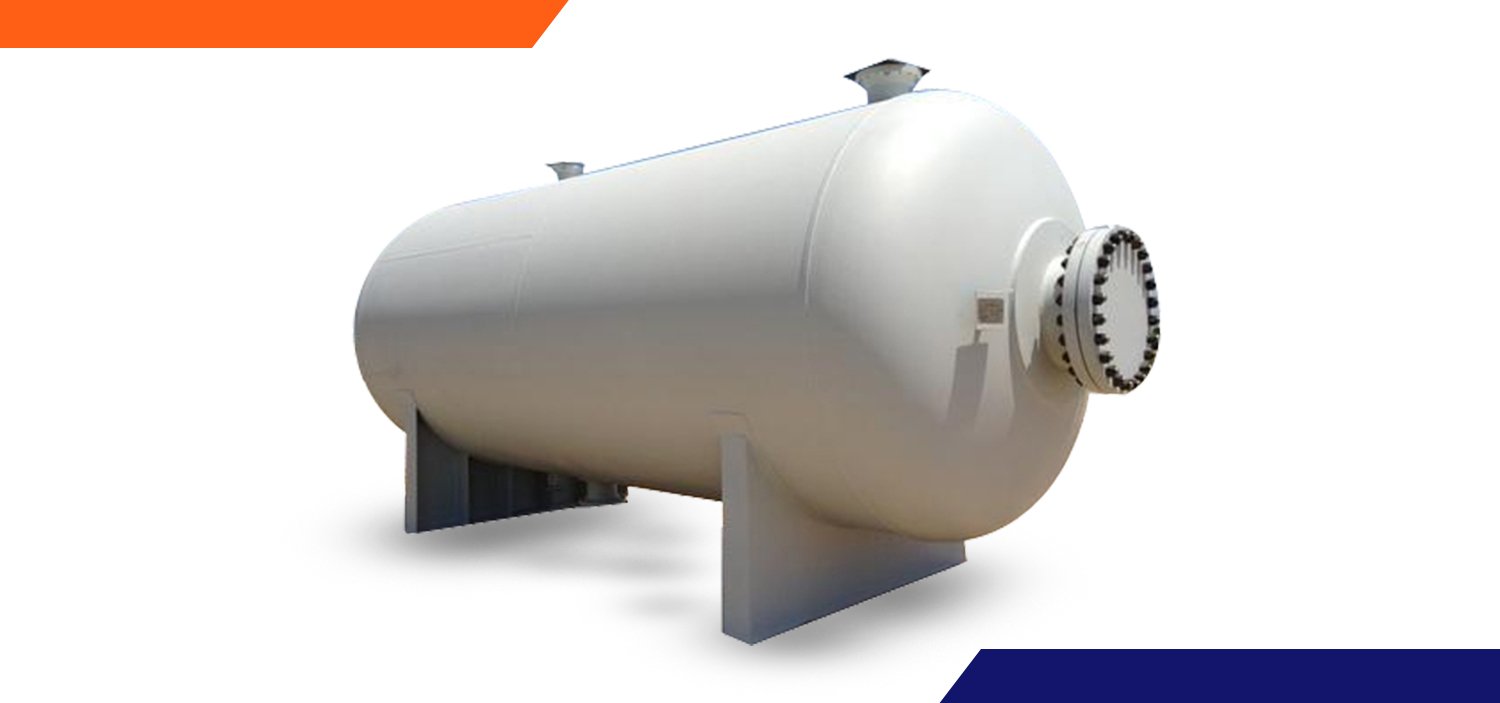Pressure vessels are the backbone of industries that deal with extreme conditions, where failure is not an option. They store and process gases, vapors, and liquids at pressures higher than the atmosphere, making their design and safety measures crucial. With industries moving towards automation, green energy, and advanced materials, pressure vessel technology continues to evolve rapidly.
The Science Behind Pressure Vessel Design
Designing a pressure vessel is not just about creating a container—it’s about balancing strength, safety, and efficiency. Engineers consider:
-
Pressure & Temperature Limits – Internal and external loads define the vessel’s thickness and reinforcement.
-
Material Behavior – Choosing alloys that can resist corrosion, fatigue, and stress cracking.
-
Stress Analysis – Using Finite Element Analysis (FEA) to predict weak points.
-
Welding & Fabrication Quality – Ensuring joints can withstand long-term service without leaks or failure.
Key Safety Challenges in Pressure Vessels
Despite strict standards, pressure vessels face risks that industries must address:
-
Corrosion & Material Degradation – Caused by chemicals, seawater, and high temperatures.
-
Fatigue Failure – Repeated pressure cycles weaken the vessel.
-
Overpressure Accidents – Can result in catastrophic explosions if safety valves fail.
-
Improper Maintenance – Neglecting inspections leads to undetected cracks or thinning.
Safety is enforced by regular Non-Destructive Testing (NDT), hydrostatic tests, and smart monitoring systems.
Industry Standards That Govern Safety
Pressure vessels must comply with strict global codes:
-
ASME Boiler and Pressure Vessel Code (BPVC) – Most widely followed worldwide.
-
ASTM Standards – Material specifications for metals and alloys.
-
PED (Pressure Equipment Directive, Europe) – For vessels in the EU market.
-
ISO Certifications – Guarantee international consistency and quality.
These codes dictate design, welding, inspection, and testing methods, ensuring reliability.
Applications Across Industries
-
Oil & Gas – For hydrocarbon storage, separators, and offshore platforms.
-
Chemical & Petrochemical – Handling toxic, flammable, and corrosive substances.
-
Power Generation – Boilers, steam drums, and nuclear reactors.
-
Pharmaceutical & Food Processing – Hygienic vessels for sterile operations.
-
Renewable Energy – Hydrogen storage tanks for fuel cell technology.
Future Innovations in Pressure Vessel Technology
The future of pressure vessels is being shaped by sustainability and smart technology:
-
Composite Materials – Lightweight, corrosion-resistant alternatives to traditional steel.
-
IoT-Enabled Monitoring – Sensors for real-time data on pressure, temperature, and stress levels.
-
Hydrogen Economy – Development of high-strength vessels for hydrogen storage.
-
Green Manufacturing – Eco-friendly coatings and energy-efficient fabrication techniques.
Conclusion
Pressure vessels are more than just industrial equipment—they are engineered safety solutions that allow industries to operate under extreme conditions. By combining robust design, strict safety measures, and innovative technologies, they continue to evolve with modern industry needs.
Tinita Engineering Private Limited offers precision-engineered pressure vessels built to international standards, ensuring safety, durability, and performance for global industries.
